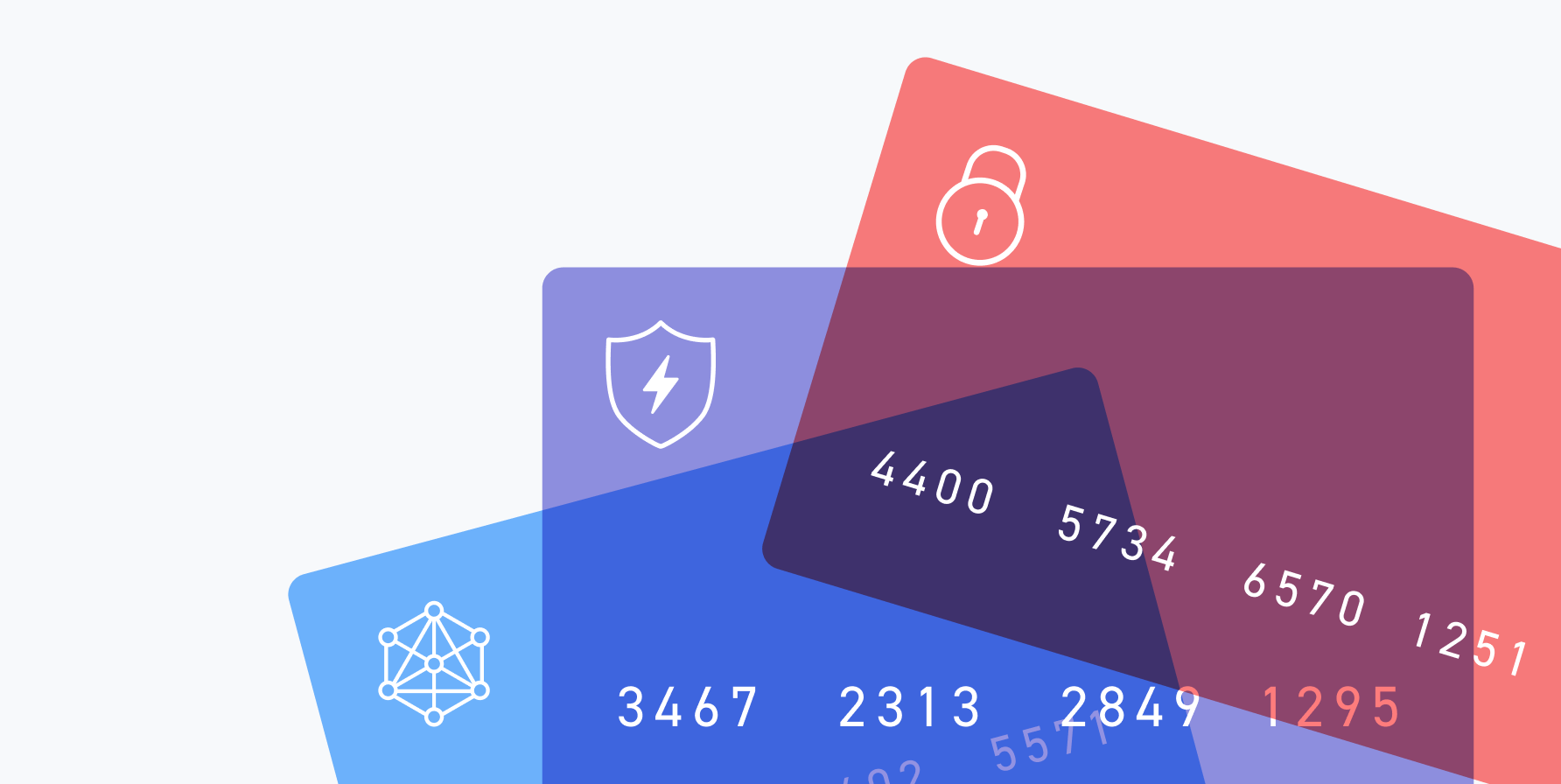By Matthew Thomason, Vice President, Strategic Partnerships
When we think of card networks - Visa, Mastercard, Discover, Amex - we typically think of the plastic in our wallets: debit cards, credit cards, reward points, etc.
Many of us take for granted how dependent we have become on these cards. Just think of how often we reach for them to cover our food, gas, and entertainment purchases. For most of us, they are the most reliable method of payment, and we don’t expect much more.
But we should. The card network infrastructure can serve as a platform for innovation that goes beyond what we have come to expect, adding tremendous value to the market along the way.
Here are three ways we should be re-thinking how we use card networks.
1) Security through tokenization and virtual cards
Cards and security go hand-in-hand. We have security codes, app push notifications, chips, and PINs. But that’s just the beginning.
What if we could secure our financial life down to the transaction? Apple was one of the first to revolutionize security as we know it by working with the card networks on network-side tokenization. Network tokenization involves payment networks replacing primary account numbers with a unique payment tokens that are restricted in their usage, for example, to a specific device, merchant, transaction type or channel.
When you use Apple Pay to checkout at the grocery store, the store doesn’t even receive your real card number in their system. That prevents the primary card connected to the account from being compromised should the store experience a data breach.
Virtual cards are a similar innovation. With virtual cards, you can create a brand-new card number for a specific purpose, merchant, or even purchase. Cards are tied back to primary accounts, which could be a prepaid card, a credit car or a bank account.
Virtual cards have been gaining traction in the B2B space for years, and they are slowly finding their place in the consumer world as well. Some large banks, such as Capital One, have begun to offer virtual cards to their customers. And BillGO is using them as a consumer’s choice of providing fast and secure bill payments to the masses.
The bottom line here is that card networks provide the flexibility for innovators to utilize their rails to bring security and peace of mind to the market.
2) Leverage the ubiquity of the card networks
Thanks to innovators like Square and the emergence of the PayFac, just about anyone can be plugged into card networks.
Best of all, in order to leverage card network ubiquity, there really isn’t a need to collect much in form of payment information. That’s because if you need to send a business some money, it’s likely the business takes cards. Similarly, if you need to send a friend some money, they probably have a debit or prepaid card. You may need to Venmo/Zelle them first, but they can still access that money within seconds – sending it to their debit card or using a Venmo branded card to access the funds directly.
3) Card networks move at the speed of business
Real-time payment rails are quickly becoming a reality.
There are hundreds of different use cases of how they are being used. Merchant acquirers, like FIS Worldpay and Fiserv First Data, are settling to merchant debit cards same day; insurance refunds can be deposited to a bank account with Visa Direct; companies can facilitate a real-time payment to just about any business without needing to collect bank account information.
This isn’t a knock against FedNow or RTP, since we are strong supporters of both. But we need a bridge to get from one technology to the next. And Americans love choices. Bridges aren’t simply used to get to the other side; they also connect two places for the benefit of everyone.
Next steps
Legacy card networks can offer a foundation for innovations that make our payments safer, faster and even more widely available. At BillGO, we’re utilizing card networks to enable real-time bill payments to help both billers and consumers. .
Want to stay in the loop with how BillGO is reimagining bill pay? Follow us on your favorite social channel and we’ll keep you up-to-date about future webinars and other announcements.
-Dec-29-2022-06-54-25-1051-PM.png)

